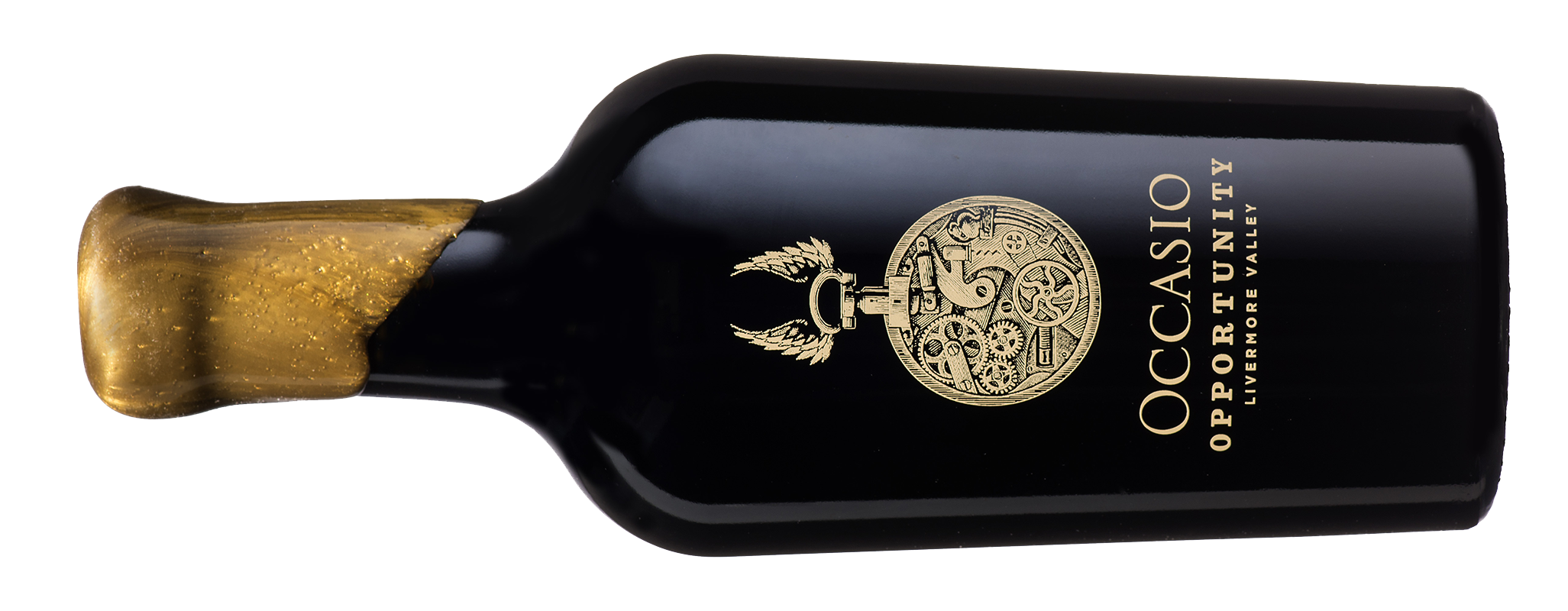A Proper Port

We choose to make about 30 cases of port wine in any given year, and, in some vintages, none at all. This is miniscule by any measure, even for a Livermore winery. Yet, I would not call us dabblers in port, for each bottle is the product of countless hours of study, experimentation, and tasting, all in a pursuit of a style that best reflects our valley’s terroir and traditions. Hardly the approach of dilettantes.
So, what is a proper California port? There are as many answers to this question, perhaps, as there are serious winemakers. For me, however, a proper port begins with balance between grape sugars, alcohol, and tannins. This balance point is not the same each year, and will depend on the conditions of the harvest. The amount of residual sugar and the degree of fortification, therefore, changes every year. There are no formulas for this.
Fruit is, of course, the most important element in a proper port, and harvest timing is critical. A proper port is not a ‘late harvest’ wine, as the natural acids in the fruit must remain high enough to balance the sweetness. Over ripening removes these natural acids, and worse, drives away the varietal and terroir components I prize in our wines. This is why, at Occasio, we harvest for port as we would for a dry, still wine. When the flavors are optimal for a dry wine, they are optimal for port.
Next in importance is the brandy, which is used to halt fermentation and fortify the wine. In Europe, it has been tradition to use neutral brandy, ostensibly to let the fruit of the vine speak out. I suspect, however, they use neutral brandy because it is economical. In fact, the brandy for many European port-styled wines comes from outside of Europe, where it can be manufactured less expensively.
Brandy makes upwards of 10 – 20 percent of the finished port. That is why I have always believed that better brandy, rather than masking the fruit, would elevate it within a finer setting. In the late 19th century, after all, Livermore port was made using the finest available local brandy, brandy every bit as good as the finest cognacs. In 1953, Joe Heitz (of Heitz Martha’s Vineyard fame) wrote his UC Davis master’s thesis on the impact of brandy on port wine quality, concluding that the finer the brandy the finer the port. This is why we have taken the costly step of bringing brandy distillation into our winery and under our control, where we can tailor the brandy to the style of port wine we are working to create.
Finally, there is the art of aging the wine according to its style. It has been said that there are as many styles of port wine as there are ribbons for a woman’s hat. For simplicity, however, we can consider two basic styles – bottle aged (Vintage Port) and barrel aged (examples include Late Bottled Vintage and Tawny.)
Vintage port gets its character from bottle aging. The wine, made only in special years, rests only briefly in barrel and then is bottled, where it will spend the next ten to twenty years in repose before it is ready to be enjoyed. Few people have the cellars to do this aging, but when stored properly, vintage ports can be wonderful.
Late bottled vintage ports are wines aged in barrel for four to six years. Here, the wine gains in complexity and sophistication while still retaining its youthful color and fruit. Late bottled vintage ports are redolent with raspberry and blackberry flavors, yet underpinned with flavors of barrel aging like dark chocolate and exotic spices.
Then there is tawny. These rich and velvety ports age much longer in barrel, never less than ten years, and often as long as twenty to forty years. Now, the fruit begins to fade, replaced by a delicious nuttiness and with butterscotch flavors.
I have no favorites among these. But for most vintages, I tend to lean towards the late bottled vintage style, which showcases the best of our Livermore fruit. Yet, at the same time, I also love the complexity that develops as the wine ages longer towards becoming a tawny port. This is why most years when we have made our Opportunity port, we have set aside two barrels. One for aging five years (late bottled vintage) and the other for extended aging over the decades. This requires patience and discipline. It means we often go for years without a port wine to offer in our tasting room. But we have taken as our motto the words of the Latin writer Publilius Syrus – ‘Opportunity is offered with difficulty, and lost with ease.’ An apt description of our Opportunity wine.


